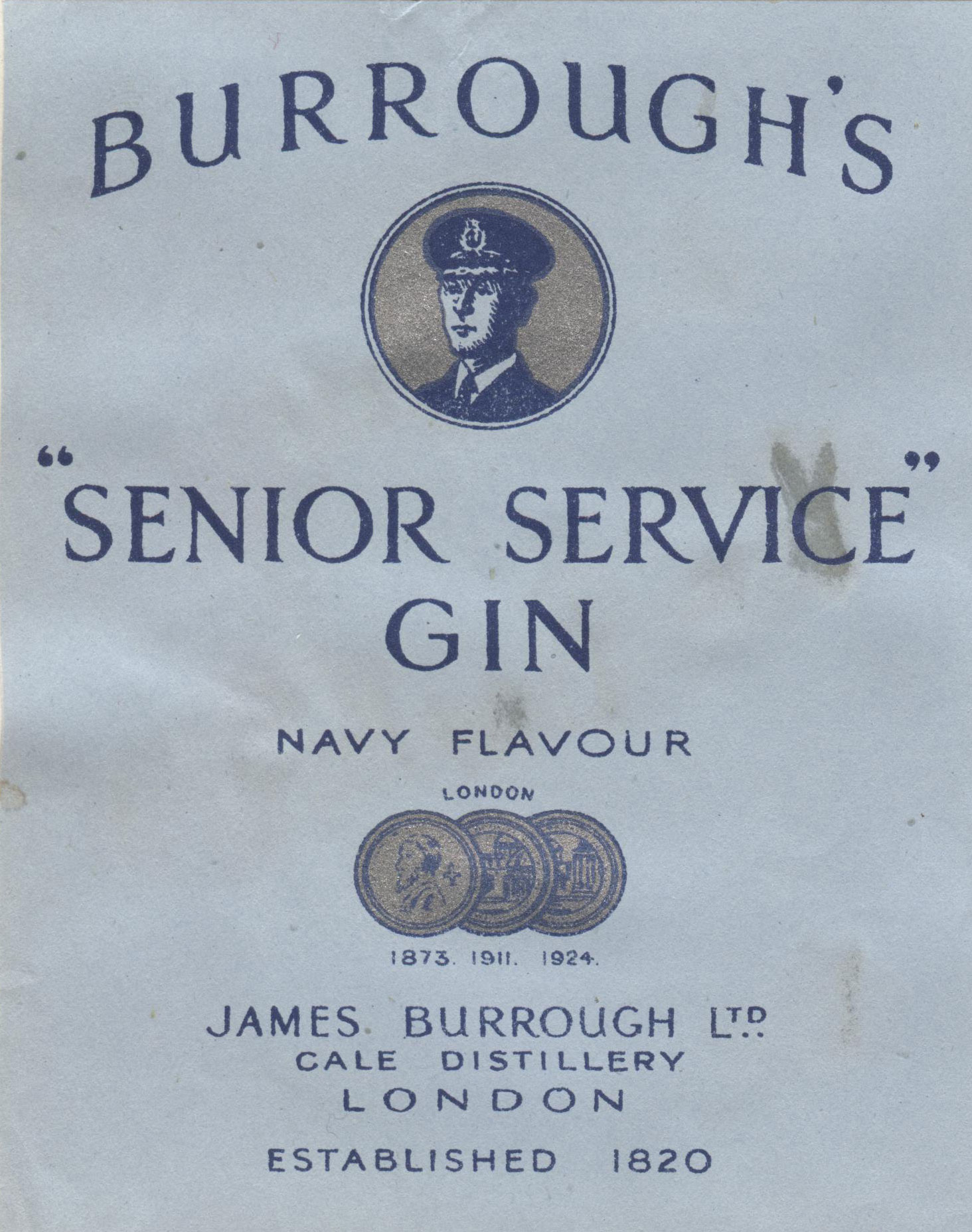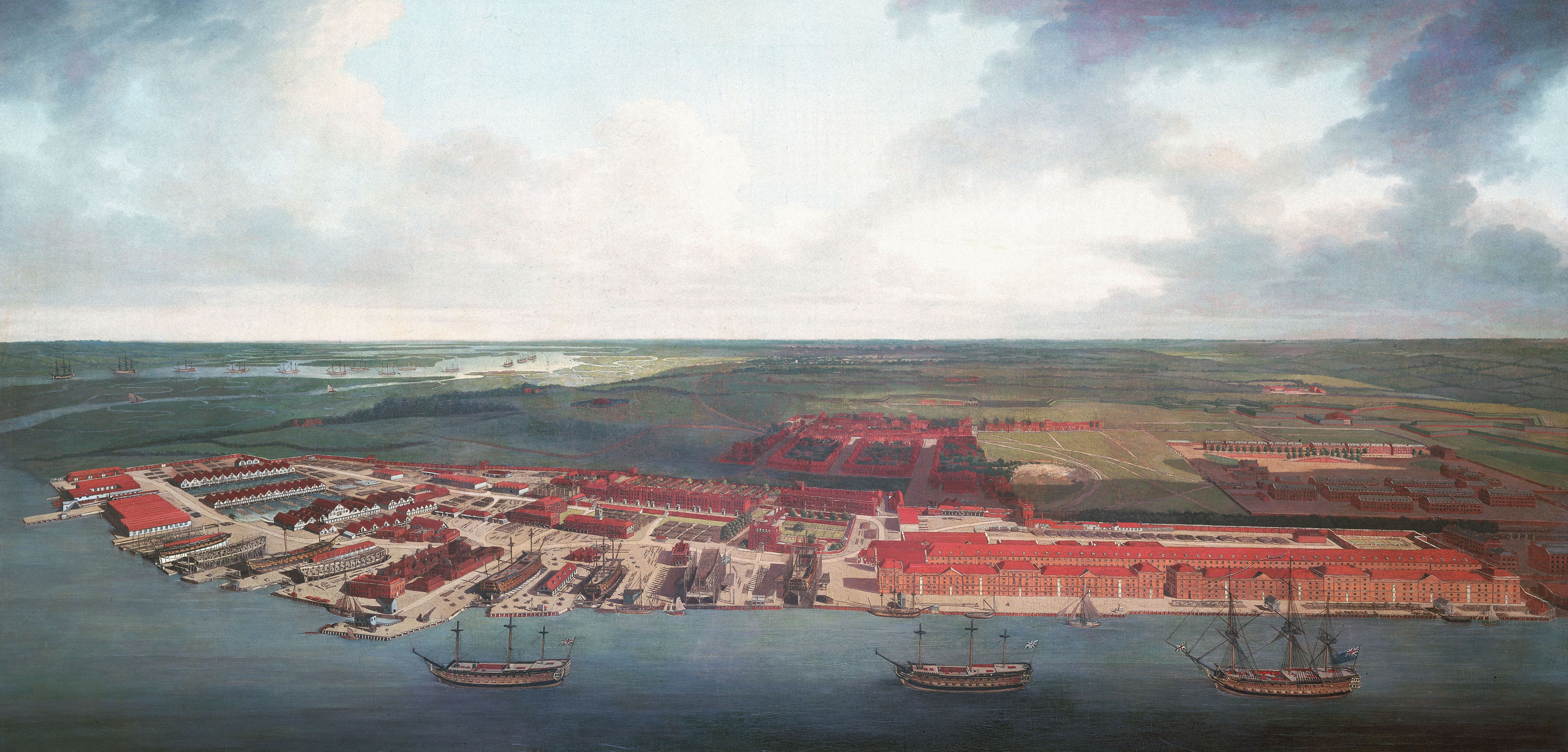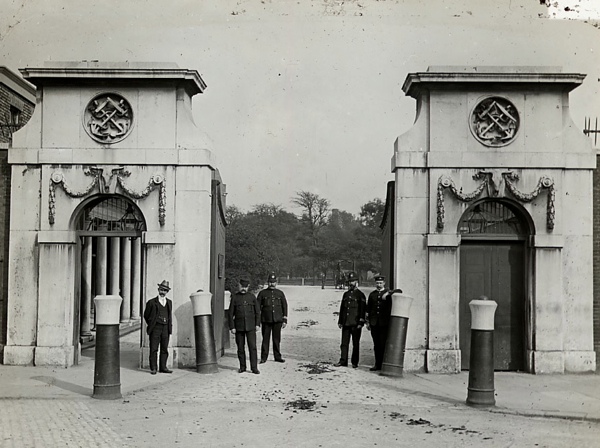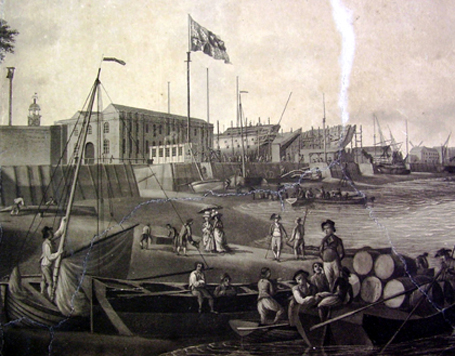‘Royal Dock’ Gin Returns to London

In 1863, Londoner James Burrough opened a gin distillery that was the sole supplier to the British Royal Navy. His “Senior Service Gin,” with its robust, bright profile and enhanced aromatic nose, had great appeal amongst the highest ranks of the Navy. Its strength — 57% alcohol by volume — was that required to enable gunpowder to still light if gin was spilled on it.
Burrough’s legacy is carried on today by his descendants, London’s foremost gin-producing family: great grandson Christopher Hayman and his son and daughter, James and Miranda. They continue to produce that same “navy strength” gin, under the label Royal Dock of Deptford, alongside their London Dry, Old Tom and Sloe gins.
The Haymans recently returned to their distilling roots in London after 14 years producing gin in Essex. Their new facility and tasting room is just 4 miles from where Burroughs launched his Senior Service Gin. “It has been a longstanding ambition for me, my sister Miranda and our father to bring the family distillery back to London — where our story first started over 150 years ago,” says fifth-generation James Hayman.

With demand for superlative gin surging in both the United Kingdom and the United States, “There is a real interest in providence and authenticity now with people wanting to know where their gin comes from,” says Miranda Hayman. Royal Dock Gin has its own story to tell.
James Burroughs delivered to the Royal Dock of Deptford's Royal Victoria Yard, the largest of the three Admiralty Victualling Yards that provided food and drink provisions to the Navy. Gin and rum were an essential part of the cargo.

Henry VIII established the dockyard in 1513 in Deptford, South London, on the River Thames. London was the largest port in England with others in Gosport and Plymouth. From the 15th to the 19th centuries the Royal Dock was a point of departure for some of the most significant ventures in British naval history.
Deptford came to be associated with the great mariners of the time, including Francis Drake and Walter Raleigh. Tsar Peter the Great visited the Royal Dock officially incognito in 1698 to learn shipbuilding techniques. Reaching its zenith in the 18th century, the Royal Dock built and refitted exploration ships used by Cook, Vancouver and Bligh, and warships which fought under Nelson.

The dockyard declined in importance after the Napoleonic Wars. Its location upriver on the Thames made access difficult, and the shallow narrow river hampered navigation of the large new warships. The dockyard was largely inactive after 1830. However, the victualling yard that had been established at Deptford in the 1740s continued in use until the 1960s.

The Victualling Yard, which comprised over 20 acres, was dedicated to the manufacture and storage of food, drink, clothing and furniture for the navy. Its facilities included a cooperage (for the manufacture and repair of barrels, in which the great majority of the yard’s products were packed for storage and transport), storehouses, slaughterhouses and facilities for baking and brewing. In addition to those large-scale facilities, Deptford specialized in the production of other foodstuffs on a smaller scale, such as mustard, pepper, oatmeal and chocolate. There were also separate storehouses for sugar, tea, rice, raisins, wine and tobacco.
